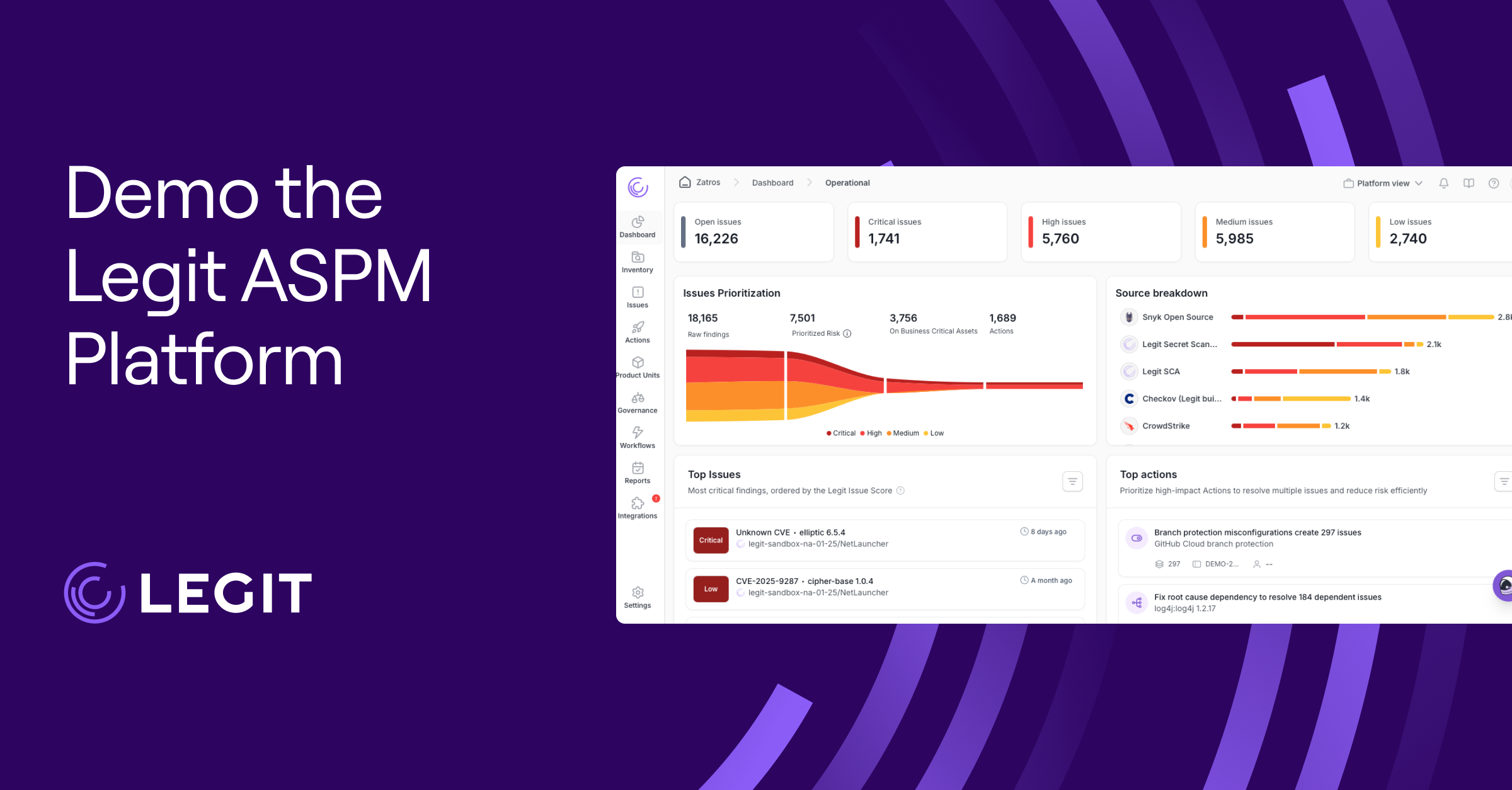Deployment in software is the bridge between app development and real-world use. Effective deployment strategies can enhance security, performance, compatibility, and quality assurance. On the other hand, deployment carried out poorly often leads to bugs, security issues, frustrated users, and loss of revenue.
Teams that embrace DevOps and CI/CD pipelines place even more importance on effective software deployment, especially when their organizations use complex cloud infrastructure. In this guide, we’ll explain how the software deployment process works, then offer some strategies and best practices for your development team.
What Is Software Deployment?
Deployment is a late stage in the software development lifecycle (SDLC), when an application is ready for its intended use. This term refers to all the activities that allow an app to run in its target environment, which is usually the production environment.
Deployment in software development spans from packaging and configuring the code and its dependencies to installing and activating the software system for end users. In some cases, those users may be other machines or programs.
Deployment can also move across different mediums, such as:
- Local machines
- On-premises servers
- Cloud infrastructure
What Is the Difference Between Software Deployment and Software Release?
Software release is a business decision that triggers deployment actions. And deployment is the technical process that actually makes the released software ready for its target environment and intended users.
Here are some other differences between the release and deployment processes:
- Teams involved: Technical teams conduct deployments, while business and IT leaders decide when and how to release features or new products.
- Timing: You can deploy code multiple times to production, then choose to release it at strategic moments for business advantage.
- Visibility: Deployment is a technical process that happens behind the scenes, while release is a user-facing process.
The Software Deployment Process: 4 Steps
While teams and organizations put their own spin on the process, software development lifecycles generally follow predictable steps. Here are four phases that can significantly impact the live product’s quality and security.
1. Preparation
Before your team begins deployment, it’s important to conduct a planning assessment. Minor updates and patches might not require a detailed strategy. But new deployments and significant updates to the codebase, design, product features, environment, or target user require a thorough plan.
At this stage, you’ll want to:
- Define environment requirements, such as operating systems, databases, and configuration management tools
- Determine what testing you’ll need to conduct for effective deployment
- Identify stakeholders who should be involved in the rest of the deployment process
- Create a failsafe or rollback plan in case something goes wrong
2. Development and Configuration
At this stage, developers finalize the code while the operations team configures the environment. That configuration process may involve setting up cloud servers, creating testing environments, or adjusting staging to mirror production. There’s a lot to cover, so you may want a standardized checklist to make sure nothing is missed.
3. Testing and Quality Assurance
Now it’s time for software testers to thoroughly review the product in a safe environment. These professionals will go beyond regular use to analyze how the product responds to high loads and unexpected requests.
You can also conduct security testing, such as “red teaming” experiments, to make sure the product is safe to use. Your client or internal stakeholders may also review the design at this point, and try out features in a staging environment before providing final approval.
If the application fails to meet QA standards, developers will need to debug and resolve any identified issues. This might involve rewriting code, or altering the product design or environment configuration. Of course, you’ll need to test again after making any changes, until you’re able to conduct all QA checks without turning up significant issues.
4. Deployment and Maintenance
Once your software meets all your testing checks, developers can make it available to users by moving it into the production environment. This can be done using:
- Rolling deployments
- Container orchestration
- Configuration management tools
After that, users can start to interact with the new or updated software. But your team’s work isn’t done yet—they’ll need to monitor usage and bug reports in order to identify and fix any lingering problems quickly.
Effective Software Development Strategies
The deployment strategy you use should be based on your priorities, risk tolerance, team workflows, and application type. Common strategies include:
- Basic deployment: Roll out the entire update at once, usually by installing new software or an update directly into the production environment. This approach is simple to implement, but can carry a high risk of downtime if bugs or other issues arise.
- Rolling deployment: Developers gradually deploy updates to subsets of servers in the cloud or data center, one group at a time. This method helps to contain and reduce errors, and facilitates a quick rollback if necessary.
- Blue-green deployment: Engineers run two identical environments (blue and green) in parallel. Blue runs the current version of the application, while green runs the newest version. Engineers can move traffic over to the green environment once it appears stable, but they can switch back to blue if issues arise.
- Canary deployment: This form of pilot testing involves rolling out the release to a small set of users. For example, you might offer an update to fans who sign up to get new versions first, knowing that those versions may be potentially unstable. If the deployment is successful, other users will get the update soon.
- Continuous deployment: In CI/CD pipelines, new updates deploy automatically to production, without a need for manual intervention. This approach relies on sophisticated automation to conduct testing while upholding continuous integration and configuration management practices.
Best Practices for Effective Software Deployment
Along with choosing compatible strategies, DevOps teams should follow proven best practices to facilitate safe deployment and a strong user experience. These techniques can improve the odds of a smooth rollout:
- Implement automation: You can use CI/CD pipelines, scripts, and tools for continuous integration and delivery to minimize human error and save time. This approach is especially important for implementing security fixes and addressing major bugs quickly.
- Develop a rollback plan: If deployment doesn't go as planned, what’s your failsafe? Your team should be able to answer this question before deploying software. An effective rollback plan helps you avoid all kinds of problems while keeping customers happy.
- Standardize environments: It’s essential to make sure your production, staging, and development environments accurately mirror one another. Otherwise, software that works well in one environment can cause chaos in another.
- Secure deployments: Finally, make sure to protect secrets, credentials, and access keys during every stage of deployment. Secrets scanning and other automated tools can play a valuable role in the deployment process by stopping vulnerabilities from making it to production.
Secure Your Software Deployment Process With Legit Security
Successful deployments are key to building a satisfied user base and a reputation for quality and reliability. Happy users are often the difference between beating your competition and paying high customer acquisition or retention costs. And careful development decreases the odds of bugs and security holes in the live product.
Legit Security helps you secure deployment in software development by providing full and continuous visibility across the SDLC, including security controls and gaps. We ensure your entire software factory and the code it produces, even if developed with AI, are monitored and secure, so developers can deliver applications faster without compromising on security.
Request a demo today to get started.
Download our new whitepaper.


